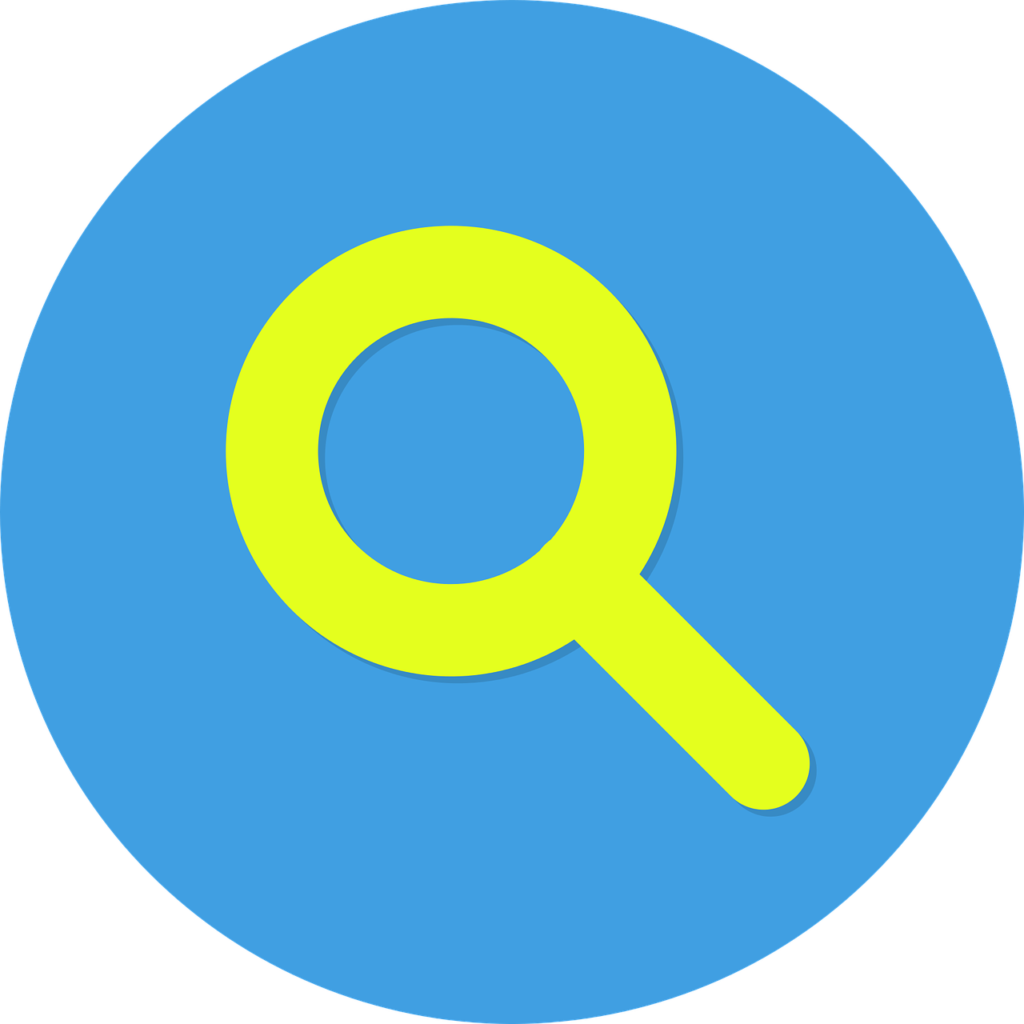
During many discussions with leaders and connections including those seeking leadership roles, the thought of sharing my notes from executive search experiences came to mind. This was really interesting experience coming from the outside, as a practitioner with some experience in consulting. For most people outside, the executive search world tends to be inaccessible and bit mysterious. Therefore, for the benefit of many who wonder, I thought of sharing my following observations and perspectives. There may of course be other varying views and opinions.
The executive search area also seems to be an expanded arena nowadays with varying degrees of search agency brands, quality and approaches. The top players continue to focus on retained search. In retained search, consultants are paid a portion of the search fees by the customer in advance for their focused efforts to hire for the role, with a high degree of certainty to closure. This would be structured in different stages.
On the other side, the contingent search approach tends to focus on fees payment by the customer after closing a role. Many players in contingent search space over the years have progressed up the value chain by asking for a nominal advance fees to close senior roles and provide minimum timeframe guarantees as the higher end search agencies would do. They have slowly expanded their own business pie through existing customer relationships.
During recent times, due to the breadth of players/experienced independent consultants, price sensitivity and risk management from a talent acquisition perspective, contingent search players seem to have gained a larger pie of the leadership search business. For some organizations, this also becomes a lower risk alternative to explore a leadership role search with an existing partner who may be already working with them on other roles.
The leading executive search brands still try to differentiate by staying focused on the top roles, retained search approach and developing strong relationships with customers and senior leaders. At the same time, they also work to expand their leadership networks to offer additional leadership services like coaching, consulting or organization development related elements, mostly through trusted partners with core competencies in respective areas.
General structure within executive search firms
A typical executive search firm team tends to be small and highly focused. A normal high-level structure consists of a research team, consultants of varying experiences who focus on the ground work for successful delivery of search assignments and senior consultants or partners who mainly focus on developing the business, while also leading the relationships and engagements. There would also be a small marketing or editorial team, to help build visibility and collaboration in the market. For those who consider moving from the corporate side to consulting or search organizations at senior levels, sales and customer relationships become core part of the responsibilities and often the big challenges.
1. As a customer, how could I know the quality of a search firm?
An easy bet and approach for an assessing customer is to look for the top search firms that have a global brand and have been around for a while. In practice though, irrespective of the brand, it would be important to understand the quality, experiences of the consultant who would directly work on the assignment, strength of the research team, overall approaches, expectations alignment on both sides regarding the actual process, culture fit with the firm and consultant, and details on deliverables.
At the senior levels, the more well-known firms tend to get better responses and perceived more positively from experienced leaders in established organizations who are potential candidates. They also tend to adopt a proactive, focused sourcing approach for strong passive candidates and don’t post the roles. The networks do matter on all sides. There may also be differences in approaches for firms.
2. If someone from a headhunting firm reached out to me, what does that mean?
Not everyone who tries to connect results in an immediate role. Sometimes, it may be for networking, marketing, business opportunities, initiatives that are trying to be cultivated while at other times, as part of early pipeline for potential talent pool at the start of a search. These connections can be two-way bridges and provide opportunities to build relationships over the longer term, even if the conversation would not be about a specific job. Many times, being part of initiatives can also be a win-win in terms of visibility and branding for the larger market. Just being curious about varying perspectives may also result in valuable learning.
Consultants tend to speak with many leaders and may hold interesting points of view, intelligence about the market dynamics. We also live in a highly connected and symbiotic world, with multiple overlapping connections. How one responds or behaves, tends to leave lasting impressions. Personal leadership brands do matter. If the opportunity to connect feels uninteresting or sense of low value, it would also be okay to politely communicate and retreat. Many times, unprofessional behaviours lead to uncomfortable scenarios on both sides.
3. I am looking for a change. How do I go about it with an executive search firm? How much does it help?
In my observation, the possibility of finding a role through one’s own connections and networks would be much higher than through a search firm. Search firms tend to have few senior roles with very specific client requirements in terms of competencies and experiences. While this may work out at times, the probability of everything matching at the right time require a high degree of coincidences. If one ends up getting into a search process, it also becomes really important to manage oneself professionally.
There is no harm in networking with consultants proactively through shared connections, events or assignments beforehand. It may be a better strategy to be visible in the market before the need arises. Many leaders tend to become internally focused with little time to connect outside and only think about the outside world. Many candidates also won’t receive a response while trying to connect with head hunters for a job.
Candidate responses tend to fall low on the list, especially for senior members. This may mostly happen because there is no immediate, relevant role in pipeline, focus on new assignments/business development and ensuring successful delivery of existing assignments. With the smaller teams and limited bandwidth, responding to candidates tends to take a back seat. For candidates, it is also worth noting that the professional search firms or employers don’t charge fees from the candidates during any search assignments. Professional search firms only bill the companies or their customers they support.
4. I am looking to move internationally. Could a leadership search firm help?
From my observation in India, the majority of leadership searches seem to be local or country specific in nature. For the bigger firms, even within a country, there may be multiple offices with regional or local focus. There may be very small number of searches where candidates may be sourced from other countries or through collaborative search projects involving more than one country offices.
In selected cases, companies may be open to look at returning citizens and support relocation (e.g., from the US to India). In few other cases, companies in certain regions like the Middle East may be open to high quality talent from larger markets like India. These roles tend to be very few and highly specialised.
The probability of moving internationally seems to be higher for employees who explore internally within multinational organizations. Most other international movements in my known networks seem to have happened through either first or second degree connections, personal networks or country residency options. The probability of moving internationally through a search firm seems comparatively low.
As general disclaimer, it would be helpful to note that firms work in different ways and my experiences have been influenced by related environments.










Recent Comments